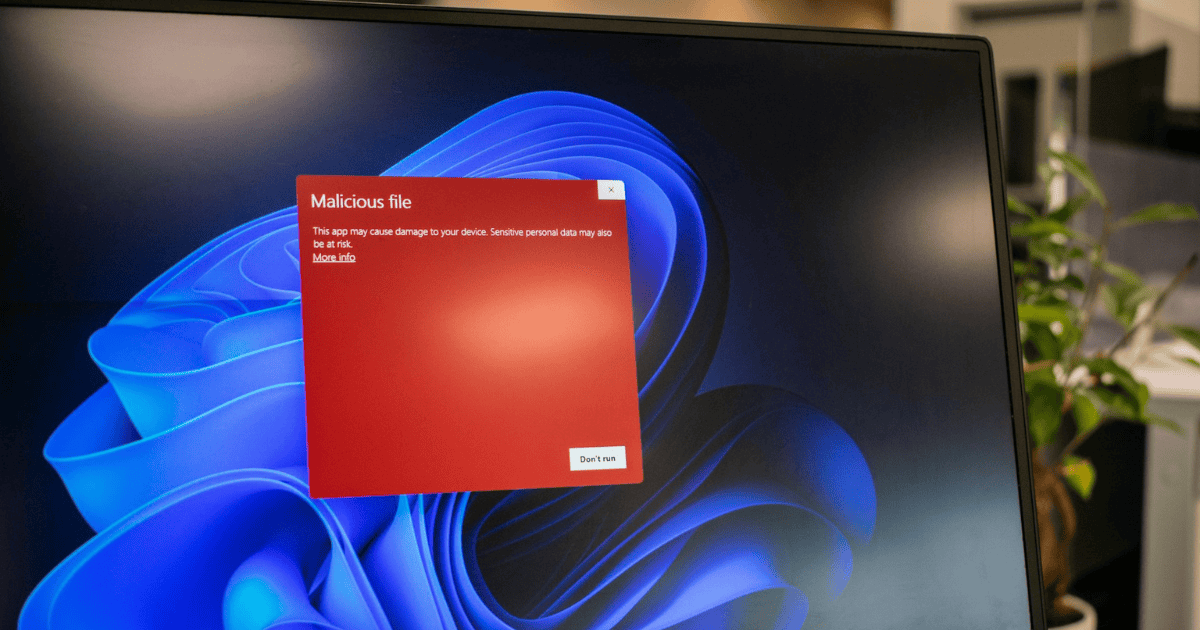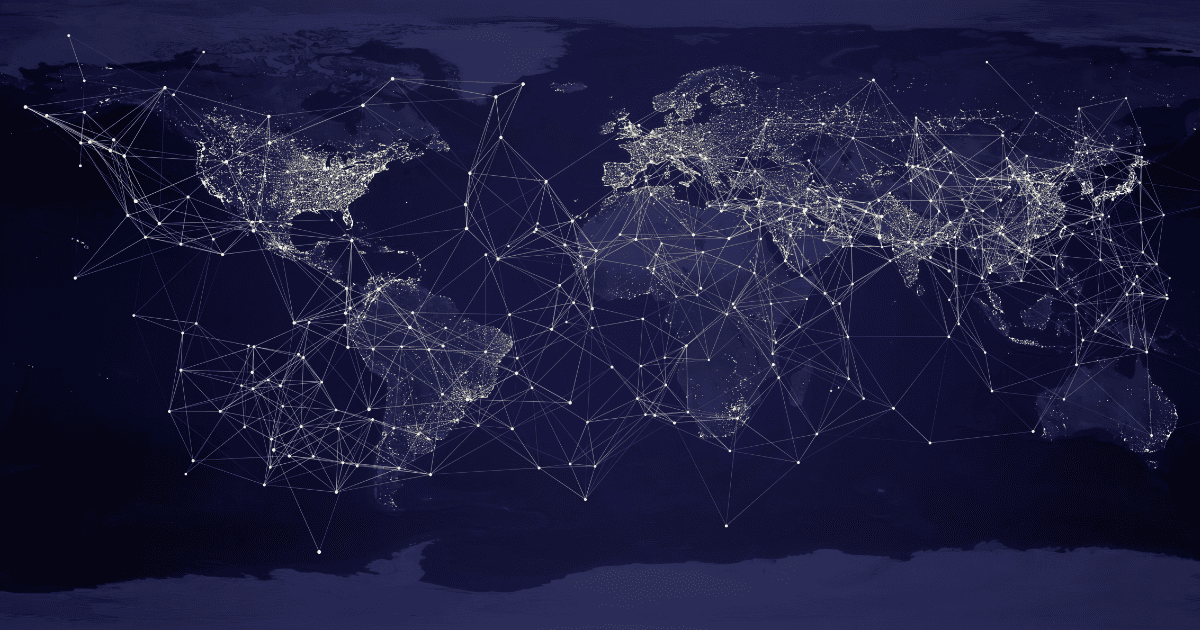Last Updated on 16 February 2024 by Alastair Digby
The increase in cyberattacks increases year-on-year with attacks being more and more sophisticated. It’s a daunting task for security teams to adapt security strategies to proactively mitigate threats against the backdrop of a shortage of cybersecurity talent and budgets stretched. This is leading to organisations adopting proactive defence strategies using tools with continuous monitoring capabilities.
At the forefront of this strategy lies Continuous Asset Monitoring, a powerful tool in the arsenal of organizations seeking to protect their critical assets from a myriad of cyber threats. This proactive approach helps to dramatically improve posture management by reducing the likelihood of an unknown or unmanaged digital assets being exposed. This is a common occurrence with ESG research citing 69% of organisations have suffered an attack due to this issue.
This article will delve into the pivotal role continuous asset monitoring plays in fortifying cybersecurity defences and ensuring the resilience of organisations against an ever-expanding array of cyber threats.
Understanding the Attack Surface
To comprehend the importance of continuous asset monitoring, it is crucial to grasp the concept of the attack surface – the sum of all points where an unauthorized entity could potentially infiltrate or extract data from an environment. Traditional security measures often fall short of addressing the dynamic nature of this attack surface. Continuous Asset Monitoring, however, goes beyond routine security checks, offering a comprehensive view of an organization’s digital footprint.
By constantly assessing the attack surface, organisations gain insights into hidden weak points and potential entryways that could be exploited by cyber adversaries. Armed with this knowledge, cybersecurity professionals can proactively shore up defences, preventing unauthorized access and data breaches.
Real-Time Threat Detection for Critical Assets
Threats can materialize in an instant, the ability to detect and respond to attacks in real time is paramount. Continuous asset monitoring serves as a formidable shield for critical assets by providing a constant, vigilant eye on the digital landscape.
Through advanced tools and machine learning, continuous monitoring systems can distinguish normal patterns of behaviour from suspicious activities, enabling swift and precise responses. With security teams having limited resources using these tools significantly increases their capabilities to secure assets. In many cases teams are using multiple tools to achieve this objective but increasingly they are turning to more specific CTI and EASM solutions.
The Role of Continuous Improvement
Cyber threats are not static; they evolve, morph, and adapt to circumvent conventional security measures. Continuous asset monitoring is not merely a static tool; it is a dynamic process that allows organizations to adapt and grow alongside emerging threats.
Continuous improvement in cybersecurity involves learning from each incident, updating security protocols, and integrating new threat intelligence. By regularly reassessing and refining security measures, organizations ensure that their defences remain resilient against the ever-changing threat landscape.
Minimizing Downtime and Impact
Beyond the core function of protection, continuous asset monitoring offers a distinct advantage in minimizing downtime during cyber incidents. Timely detection and response not only mitigate the impact of attacks but also contribute to robust business continuity.
By preventing or quickly mitigating cyber incidents, organisations can maintain seamless operations, avoiding the costly downtime associated with data breaches or system compromises. One of our clients recently spoke to us about how they are increasingly finding spoofed domains primed to launch phishing attacks. Having visibility of these domains enabled them to take the necessary actions to mitigate the threat.
Integrating Continuous Asset Monitoring
Implementing continuous asset monitoring requires more than just acquiring the right tools; it demands a strategic and holistic approach. This section will provide an in-depth exploration of the steps and considerations involved in integrating continuous asset monitoring effectively into an organisation’s security program.
From assessing the organization’s specific needs to selecting the right technology stack, this section aims to offer actionable insights for cybersecurity and IT professionals. Emphasising the synergy between continuous asset monitoring, penetration testing, and an overall robust security framework, it will provide a roadmap for organizations looking to fortify their defences against cyber threats.
Conclusion
Continuous asset monitoring emerges as a linchpin in the defence against the dynamic and evolving landscape of cyber threats. By understanding the attack surface, enabling real-time threat detection, adapting to evolving threats, minimizing downtime, and implementing strategic continuous improvement, organizations can fortify their critical assets and navigate the complex cybersecurity terrain with resilience and confidence. The journey towards a robust cybersecurity posture begins with embracing the proactive capabilities of continuous asset monitoring.
Frequently Asked Questions
What is Continuous Asset Monitoring and how does it contribute to cybersecurity?
Continuous Asset Monitoring (CAM) is a proactive approach to cybersecurity that involves real-time, automated tracking of an organization’s digital assets. It provides a comprehensive view of the entire attack surface, constantly identifying and assessing vulnerabilities. By continuously monitoring assets, CAM allows organizations to promptly detect and respond to potential threats, minimizing the window of opportunity for attackers.
Why is Protecting Critical Assets crucial for an organization’s security strategy?
Protecting Critical Assets is paramount because these assets often contain sensitive information or functionality crucial for business operations. A targeted attack on these assets can have severe consequences. Implementing robust security measures, such as access controls, encryption, and intrusion detection, helps safeguard critical assets. A comprehensive strategy should encompass both preventive measures and rapid response protocols to mitigate potential risks effectively.
How does Continuous Asset Monitoring enhance the efficiency of Penetration Testing?
Continuous Asset Monitoring complements Penetration Testing by providing real-time visibility into an organization’s attack surface. This enables penetration testers to focus on the most current and relevant vulnerabilities during their assessments. The synergy between CAM and Penetration Testing ensures a more accurate evaluation of an organization’s security posture, allowing for targeted remediation efforts and a proactive defence against evolving threats.
What role does Continuous Asset Monitoring play in compliance with cybersecurity regulations?
Continuous Asset Monitoring is instrumental in achieving and maintaining compliance with cybersecurity regulations. By continuously tracking assets, organizations can demonstrate adherence to regulatory requirements, ensuring that security controls are consistently enforced. This proactive approach not only helps prevent potential breaches but also positions the organization favourably during regulatory audits, showcasing a commitment to maintaining a robust security posture.
Can Continuous Asset Monitoring adapt to dynamic IT environments and emerging technologies?
Absolutely. Continuous Asset Monitoring is designed to adapt to dynamic IT environments and emerging technologies. It leverages advanced scanning techniques, machine learning, and artificial intelligence to identify and monitor assets, regardless of changes in the infrastructure. This adaptability ensures that organizations can maintain a comprehensive view of their attack surface, even as their IT landscape evolves, providing a resilient defence against the ever-changing threat landscape.





